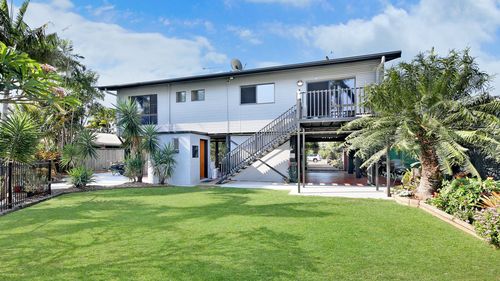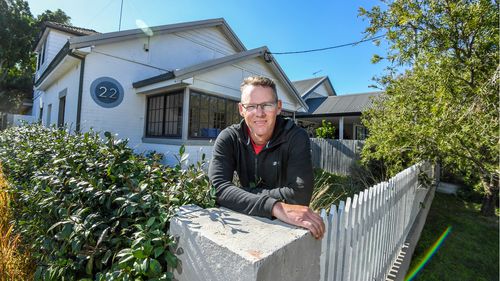

The housing recovery continued apace in September with record low interest rates and looser borrowing rules fuelling the fastest growth in property prices since March 2017.
The national dwelling price increase of 0.9 per cent for the month was largely driven by a strong rebound in the key Sydney and Melbourne markets, where values were up 1.7 per cent over the month, according to the CoreLogic September home value index.
Australia's two largest cities have recorded a rapid bounce-back in home values over the past two months, with Sydney up a cumulative 3.3 per cent and Melbourne up 3.2 per cent in August and September as investors gorge on low interest rates and easier access to credit.

The data comes with the RBA poised to cut the cash rate to a new record low 0.75 per cent at its board meeting on Tuesday, having already cut twice from 1.5 per cent earlier this year in a bid to kick-start the economy.
A lower cash rate supposedly reduces borrowing costs for mortgage holders, though none of the big four banks passed on the full 0.5 per cent aggregate cut to lenders in June and July, and are predicted to hold even more back if the rate is lowered again on Tuesday as expected.
The adoption of looser borrowing rules by APRA in July has also helped push house prices higher, a development that has left some concerned over the potential re-emergence of risks to borrowers.
Government, however, has cheered the recent boost in house prices with Treasurer Josh Frydenberg noting a 10 per cent rise in house prices could boost GDP growth by 0.5 per cent.
NAB director of economics and markets Tapas Strickland said a steep downturn in dwelling construction could head off any meaningful GDP contribution though, with building approvals trending lower by 24 per cent year on year and financing conditions for property developers remaining tight.

Regardless, property values remain 11.9 per cent below their July 2017 peak in Sydney, and 7.9 per cent below Melbourne's November 2017 peak.
CoreLogic head of research Tim Lawless said higher levels of investor participation were driving the renewed strength in Sydney and Melbourne property markets, though underlying economic strength in the cities had also helped.
"While all regions are benefiting from low mortgage rates and improved access to credit, economic and demographic conditions in New South Wales and Victoria continue to outperform most areas of the country," Mr Lawless said.
"Population growth is higher, unemployment is lower and jobs growth is stronger, providing a solid platform for housing demand."
Mr Lawless said the latest housing finance data from the ABS shows investors comprised 32 per cent of mortgage demand across NSW and 26 per cent of Victorian mortgage demand, which is higher relative to any of the states or territories.

Brisbane and Canberra were the only other capital cities to record a rise in dwelling values over the month, rising 0.1 per cent and 1.0 per cent respectively.
Values held firm in Adelaide but fell 0.4 per cent in Hobart and continued their long run of losses in Perth (down 0.8 per cent) and Darwin (down 0.2 per cent).
Combined regional dwelling prices increased by 0.1 per cent, compared to a 1.1 per cent rise for combined capital city prices.
"Although markets outside of Sydney and Melbourne aren't showing the same recovery trend, most areas have either seen a reduction in the rate of decline or are seeing a modest trajectory of growth," Mr Lawless said.
City: | 12-month change in value: | Median value*: |
Sydney | - 4.8 percent | $805,424 |
Melbourne | - 3.9 percent | $634,913 |
Brisbane | - 2.1 percent | $492,474 |
Adelaide | - 1.1 percent | $428,292 |
Perth | - 9.0 percent | $436,008 |
Hobart | + 2.5 percent | $459,271 |
Darwin | - 9.5 percent | $389,214 |
Canberra | + 1.3 percent | $604,039 |
National | - 3.9 percent | $524,744 |
*Median value includes both apartments and freestanding homes









 Add Category
Add Category